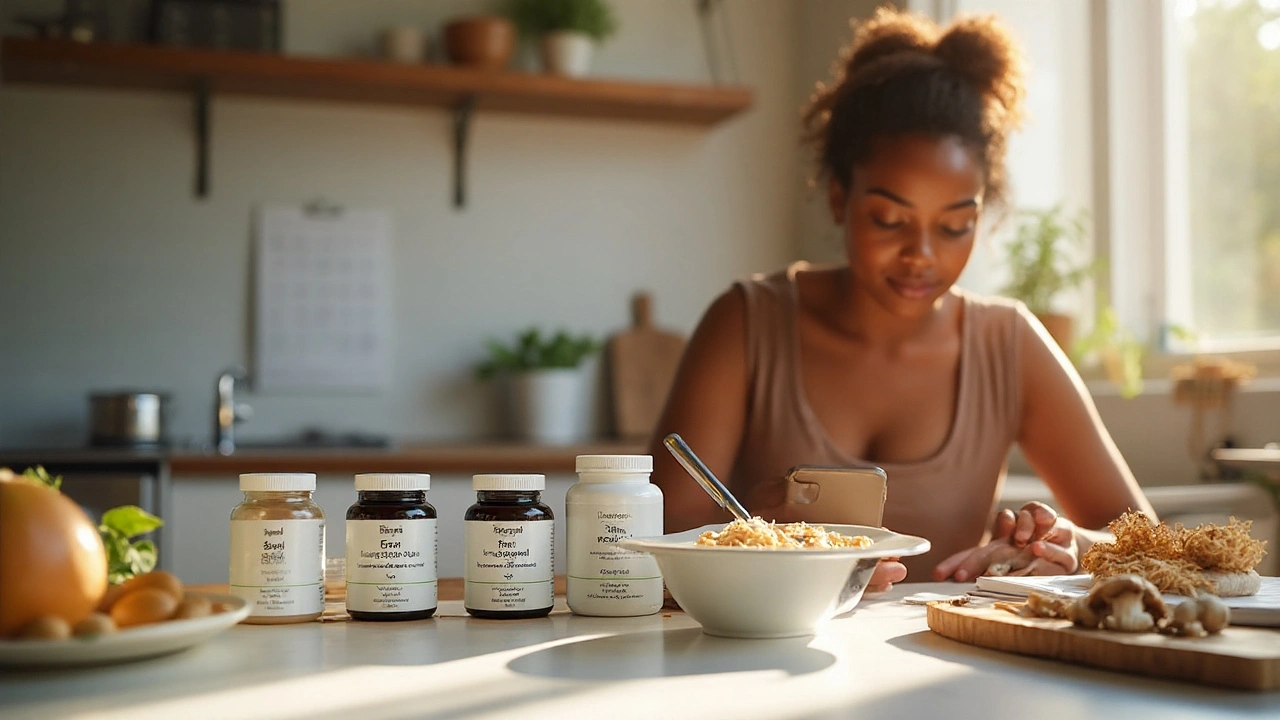Best Beta Glucan: What It Is and Why It Matters
If you’ve heard the buzz about beta glucan and wonder if it lives up to the hype, you’re not alone. Beta glucan is a type of soluble fiber found in the walls of yeast, mushrooms, oats, and some grains. It’s best known for supporting immune health, calming blood sugar spikes, and feeding good gut bacteria. The good news? You don’t need a science degree to use it—just a clear picture of what works and what doesn’t.
Where to Find High‑Quality Beta Glucan
The easiest place to start is your pantry. Oats and barley contain naturally occurring beta glucan, so a bowl of oatmeal or a serving of barley soup can give you a modest daily dose. If you prefer a supplement, look for products that list beta glucan derived from yeast cell walls (Saccharomyces cerevisiae) or specific mushroom strains like Reishi or Shiitake. These sources tend to have higher concentrations and better bioavailability than generic grain extracts.
When shopping online, check the label for a clear potency claim—something like “beta glucan 500 mg per serving.” Brands that provide third‑party testing, such as USP or NSF, are usually more trustworthy. Avoid generic blends that hide the exact amount of beta glucan behind a long list of “herbal extracts.”
How Much Should You Take?
The sweet spot for most adults is 250 – 500 mg of beta glucan per day. This range has been linked to measurable immune benefits without causing digestive upset. If you’re using an oat‑based product, you’ll need a larger serving to hit that number because oats contain lower concentrations than yeast or mushroom extracts.
Start with the lowest dose on the label and see how your body reacts. Some people notice a slight increase in bowel movements—nothing scary, just a sign that the fiber is doing its job. If you have a blood‑sugar condition, keep an eye on your numbers the first week; beta glucan can modestly lower post‑meal spikes.
For athletes or anyone looking for a quick immune boost during cold season, a short “loading” phase of 1 g per day for 7‑10 days can be useful, then drop back to the maintenance dose.
Remember, beta glucan isn’t a magic bullet. Pair it with a balanced diet, regular sleep, and movement for the best results. If you’re pregnant, nursing, or on medication, a quick chat with your doctor never hurts—especially because beta glucan can interact with blood‑thinners in rare cases.
Bottom line: the best beta glucan comes from well‑studied yeast or mushroom sources, has a clear potency label, and fits into a daily routine of 250‑500 mg. Pick a reputable brand, start low, and watch how your energy, digestion, and overall resilience improve over a few weeks.
Find the top 5 beta glucan supplements for 2025. Evidence-backed picks, dosing, who each suits, key differences (yeast vs mushroom vs oat), safety tips, and UK buying advice.

